
 Podcasts
PodcastsCatch the latest PR news & updates with PRovoke Media's PR Podcasts. Lifting the lid on key industry stories & trends, join our listeners of PR podcasts today.
 Videos
VideosLatest video interviews and campaigns from PRovoke Media, previously known as the Holmes Report.
Long-form journalism that analyzes the issues, challenges and opportunities facing the business and practice of PR.
 Profiles & Interviews
Profiles & InterviewsExplore PR profiles and interviews with leaders from the marketing and PR worlds.
 Crisis Review
Crisis ReviewPR Crisis & Business Crisis review. PRovoke Media's annual analysis of the top reputation crises to rock the corporate sector. Read on here.
 Coronavirus
CoronavirusPRovoke Media's coverage of the Covid-19 crisis, focusing on corporate communication, public affairs & PR industry fallout.
 Trend Forecasts
Trend ForecastsPRovoke Media's PR Trends round up. PRovoke Media's annual forecast of PR trends and news that will impact the PR world in the year ahead...
 Social & Digital
Social & DigitalDedicated to exploring the new frontiers of PR as it dives deeper into social media, content and analytics.
 Technology
TechnologyOur coverage of key technology PR trends and challenges from around the world of digital communications.
 Consumer
ConsumerFrom brand marketing to conscious consumerism, coverage of key marketing and PR trends worldwide.
 Employee Engagement
Employee EngagementPRovoke Media's coverage, analysis and news around the rapidly-shifting area of employee engagement and internal communications.
 Sports Marketing
Sports Marketing Sports PR news, diversity & inclusion trends, views and analysis from PRovoke Media. Subscribe today for the very latest in the world of sports communications.
 Global PR Agency Rankings
Global PR Agency RankingsPRovoke Media's definitive global benchmark of global PR agency size and growth.
Enter PRovoke Media's 2024 Global 250 Agency Ranking and/or our Agencies of the Year competitions now.
 Agencies of the Year
Agencies of the YearPRovoke Media's annual selections for PR Agencies of the Year, across all of the world's major markets.
 Innovator 25
Innovator 25PRovoke Media profiles marcomms innovators from across North America, EMEA and Asia-Pac.
 Creativity in PR
Creativity in PRIn-depth annual research into the PR industry's efforts to raise creative standards.
 Asia-Pacific Communication Index
Asia-Pacific Communication IndexAPACD/Ruder Finn annual study of Asia-Pacific in-house communications professionals.
 SABRE Awards
SABRE AwardsThe world's biggest PR awards programme, dedicated to benchmarking the best PR work from across the globe.
 PRovokeSummit Global
PRovokeSummit GlobalThe biggest PR conference of the year, a high-level forum designed to address the critical issues that matter most.
 PRovoke Media Regional Series
PRovoke Media Regional SeriesA global network of conferences that explore the innovation and disruption that is redefining public relations.
 Agencies of the Year
Agencies of the YearUnrivalled insight into the world's best PR agencies, across specialist and geographic categories.
 Roundtables
RoundtablesOur Roundtables bring together in-house comms leaders with PR firms to examine the future of communications.
 Agency Playbook
Agency PlaybookThe PR industry’s most comprehensive listing of firms from every region and specialty
.jpg) All Jobs
All JobsFind the latest global PR and communications jobs from PRovoke Media. From internships to account executives or directors. See all our PR jobs here.
PRovoke Media's editorial series published in collaboration with partners.
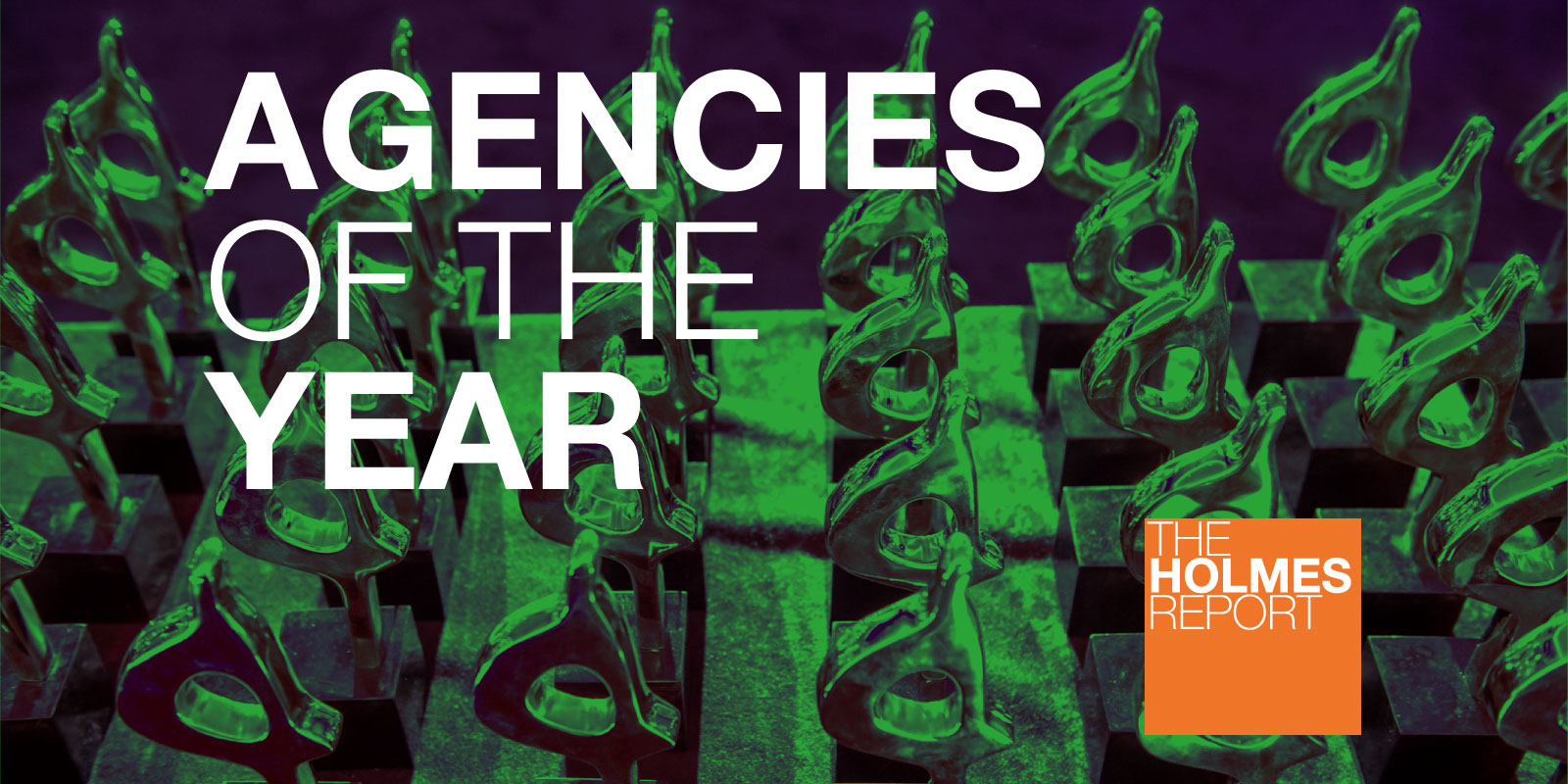
Analysis of all of the Winners and Finalists across specialist categories can be accessed via the navigation menu to the right or below. Winners are announced at the 2018 Global SABRE Awards, which take place at the PRovoke18 Global PR Summit in Washington, DC, on the evening of 24 October.
Certain quarters of the PR industry may be waiting impatiently for this box of creative fireworks to fizzle out into all hope and no glory, but Hope & Glory shows no sign of slowing down on its habit of coming up with completely original ideas that earn attention, sell clients’ stuff, and sweep the board at awards ceremonies (it was shortlisted for 12 gongs at this year’s SABREs alone).
The numbers are looking healthy, too: fee income grew by more than 19% to £5.69m over the year (and the agency is aiming for £6.4m in 2018) and monthly fee income grew by 25% to £490,000. There is an even male/female split on the board, no gender pay gap across the business, and a third of the team of 64 started as interns.
Founders James Gordon-Macintosh and Jo Carr, perfectly aware that Hope & Glory is now a six-year-old mid-size agency rather than a hot start-up, and that it is only as good as its last brilliant campaign, have identified the greatest risk to the firm is sliding into mediocrity. To ensure there is no laurel-resting going on, they’ve invested in more training across the agency and have been working with an innovation consultant on creative idea generation. Hope & Glory also invested in sister digital agency OneFifty, and the two teams work together on clients including O2 and Sony.
Hope & Glory has lost just three clients since it was set up. Its biggest clients are among its most long-standing – including O2, IKEA, Airbnb, Barclays, American Express, Sony, Adidas, The Royal Mint and HTC – and 2017 saw strong organic growth from these and other existing clients such as Sainsbury’s and Argos. Wins during the year included Facebook, LinkedIn, Pokemon (for which it created its first ever TV ad last year) and charities Marie Curie and Anthony Nolan. The agency also won an impressive number of food and drink retainers, including Deliveroo, and UK PR for the entire Edrington-Beam Suntory spirits portfolio. — MPS
Founded in 1901, Dentsu Inc. established its PR department in 1950 and has since been a leader in the Japanese public relations market for five decades. But for much of that time, foreign competitors in particular complained that the firm was a leader largely by virtue of the power wielded by its advertising operations — in a market where PR was until recently seen as a poor cousin of advertising — and suggested that the firm was focused on old-fashioned media relations and events rather than more sophisticated reputation management or more modern digital and social capabilities.
That was always an over-simplification, but today any such criticism is absurd. Like marketing communications businesses across the world, Dentsu Inc. has seen clients looking for more integration and more earned-first ideas, and the advertising and PR businesses have converged in ways that have brought out more creativity and originality — and elevated Dentsu Inc. to new heights in international awards competitions such as SABRE (its 31 nominations in our Asia-Pacific competition are more than any other agency) and the Cannes Lions.
It was particularly interesting to see how much of the firm’s work over the past 12 months targeted women in ways that would surprise those who still think of Japan as a society in which traditional roles are rigid and unchanging: the firm’s work on the “Nameless Chores” campaign for Daiwa or the “Changing Housework from a Job to Joy” for Procter & Gamble challenged stereotypes in the home, while its “Hiring Campaign for Housewives” for McDonald’s highlighted the ways in which women are moving into the workforce. In another campaign focused on changes in Japanese attitudes, the “Great Failure” program for Froebel-Kan focused on the excessive pressure to succeed placed on young students. In almost all these instances, the line between PR and digital and social and advertising was blurred but the results were undeniable.
In a more traditional realm, the firm continues to produce its invaluable Guide to PR in Japan, to focus on professional development (120 certified PR planners through the Public Relations Society of Japan), and to highlight corporate citizenship (ISO certificates for environmental management and information security). While financial metrics for the Japanese industry remain opaque, the firm's Dentsu PR affiliate is one of the two largest PR firms in the market, and its account list, spanning both multinational and Japanese clients (Starbucks Coffee Japan, Conseil Interprofessionnel du Vin de Bordeaux, Cabinet Office, Ministry of Foreign Affairs of Japan, Ministry of Finance Japan, Tokyo Metropolitan Government, Ministry of Defense, Tokyo Convention & Visitors Bureau) is unparalleled. — PH
The shortlist for Creative Agency of the Year has traditionally been dominated by independent and midsize firms, a reflection of the widespread notion that there is some sort of inverse relationship between size and creativity, that small agencies are more capable of delivering big, bold ideas while their larger competitors are more likely to offer a “safe pair of hands” and the conservative approach that implies.
Ketchum would appear to refute that hypothesis. The Omnicom-owned agency has consistently earned more SABRE nominations than any other agency, including this year, which saw the firm and its various units (employee engagement specialist Daggerwing and integrated creative shop Interfuse) notch up 15 North American finalists between them, ranging from “The Spotted Cheetah,” a restaurant serving Cheetos-inspired menu items (a formidable follow up to last year’s Cheetos Museum) and the introduction of Tostitos Party Safe Bags — both for Frito-Lay — to the Handle With Care campaign for Gillette to representing Wendy’s during its “Twitter Beef” to heavier corporate and issues fare for GE Digital, H&R Block, IBM and The Truth Initiative.
All this creativity is not an accident. It’s the result of a corporate culture that celebrates big ideas at every opportunity, and a process that now integrates earned, shared, owned and a growing amount of paid work; a bespoke approach to influencer marketing that balances reach, relevance and resonance. In this past year, Ketchum elevated its global president, Barri Rafferty to global CEO. Her vision is to transform the firm — which has faced significant challenges with the loss of signature clients like IBM and FedEx over the last few years — into a more client-centric multi-disciplinary agency.
In Europe, meanwhile, the bold “Blood Normal” campaign for feminine hygiene brand Libresse, included an ad that featured period blood for the first time — and a PR campaign to capitalize when the ad was inevitably rejected by nervous broadcasters. Other creative highlights included the Olympics debut of Discovery Eurosport, initially met with skepticism but ultimately acknowledged as a triumph; the launch of recyclable plastic bottles for Head & Shoulders (awarded by the UN); Samsung’s “Go Beyond Fitness” influencer marketing campaign; and some wonderful guerilla marketing by the firm’s Emanate subsidiary in Europe, hijacking the launch of the movie “It” on behalf of Burger King, and drawing attention to the scariness of clowns in a dig at one of BK’s competitors. — PH/AaS
Only Edelman, Ketchum and Weber Shandwick — three of the world’s five largest public relations firms in 2017 — earned more North American SABRE awards nominations than M Booth last year, an indication of the extent to which the New York-based firm punches above its weight in terms of great creative work, although it's worth pointing out that after doubling in size over the past four years under the leadership of Margi Booth and Dale Bornstein (including another year of 20% growth in 2017) M Booth is no minnow, with fee income just a tad short of $34 million.
What that means is that M Booth now has the critical mass to handle even the largest of clients in North America, and the resources to deliver all those capabilities expected from a 21st century PR firm, including digital and creative capabilities to match those of its largest competitors, and innovative offerings in content creation — the firm produced 150 separate pieces of content for Google each week, delivering everything from paid campaigns to work that integrates voice-activated systems like Alexa — and data and analytics. At the same time, M Booth continues to dive deep into popular culture to make sure its creativity really connects with target consumers.
As a result, the firm’s insight-driven creative work has been earning a record number of plaudits, from bringing hip hop architecture to camps nationwide on behalf of Autodesk to challenging the food industry on added sugar on behalf of Panera Bread; from a Thanksgiving campaign on behalf of Morton Salt that created brand lift for the most commodity of products to celebrating Estée Lauder’s long commitment to breast cancer awareness; from the “Donate a Photo” influencer program for Johnson & Johnson to “Pay With Honesty, Get Honest Tea” for Coca-Cola’s progressive tea brand. — PH
Launched in 2002, Red has become the star performer in the Havas Australia group, now numbering 90 people and exporting its model across the wider Havas network. Much of that is down to the leadership of James Wright, who joined Red in 2011 and has since been named global CEO for Havas PR. Red’s senior team also includes executive directors Jackie Crossman and Dav Ghiassi, the latter of whom runs the firm’s 24-person social media team, which has grown considerably to cover creative, strategy, paid, insights and optimisation, community management and content production.
2017 marked Red’s best year ever, as the agency underlined its presence as Australia’s hottest PR agency — growing by 70% and securing major new business from Toyota, Vivid, Lexus, Moet-Hennessy, Booking.com and Menulog. A further 40% growth is forecast for 2018, suggesting that Red’s momentum is firmly established in the marketplace. Existing clients include Amazon Web Services, Heineken, Coca-Cola, Cadbury, Destination NSW, Menulog, Origin Energy, Qatar Airways, Capgemini and Yahoo7.
Red’s impressive momentum, though, is hardly limited to numbers and new business alone. The firm’s work is highly impressive, led by the Palau Pledge global campaign, and also including standout efforts for the Fund for Peace, Australian Macadamias, the Mormon Church, Ben & Jerry’s and Chandon. All of these campaigns demonstrated the kind of cultural intelligence that underscores Red’s desire to ‘be the change’, helping it land awards across the globe, and underpinned by a thought leadership approach that is also sharper than most. — AS

The PR industry’s most comprehensive listing of firms from every region and specialty.











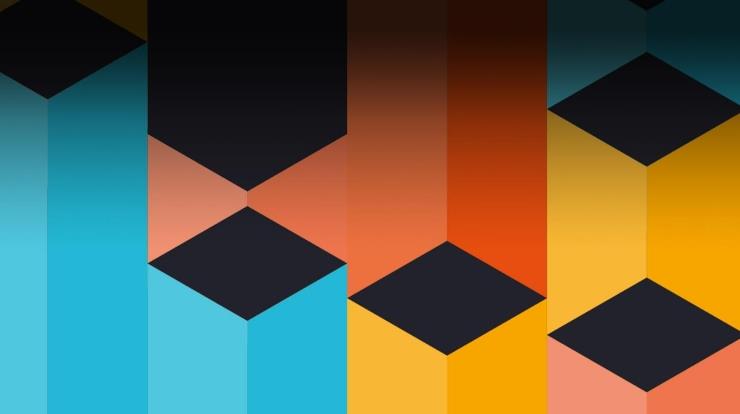
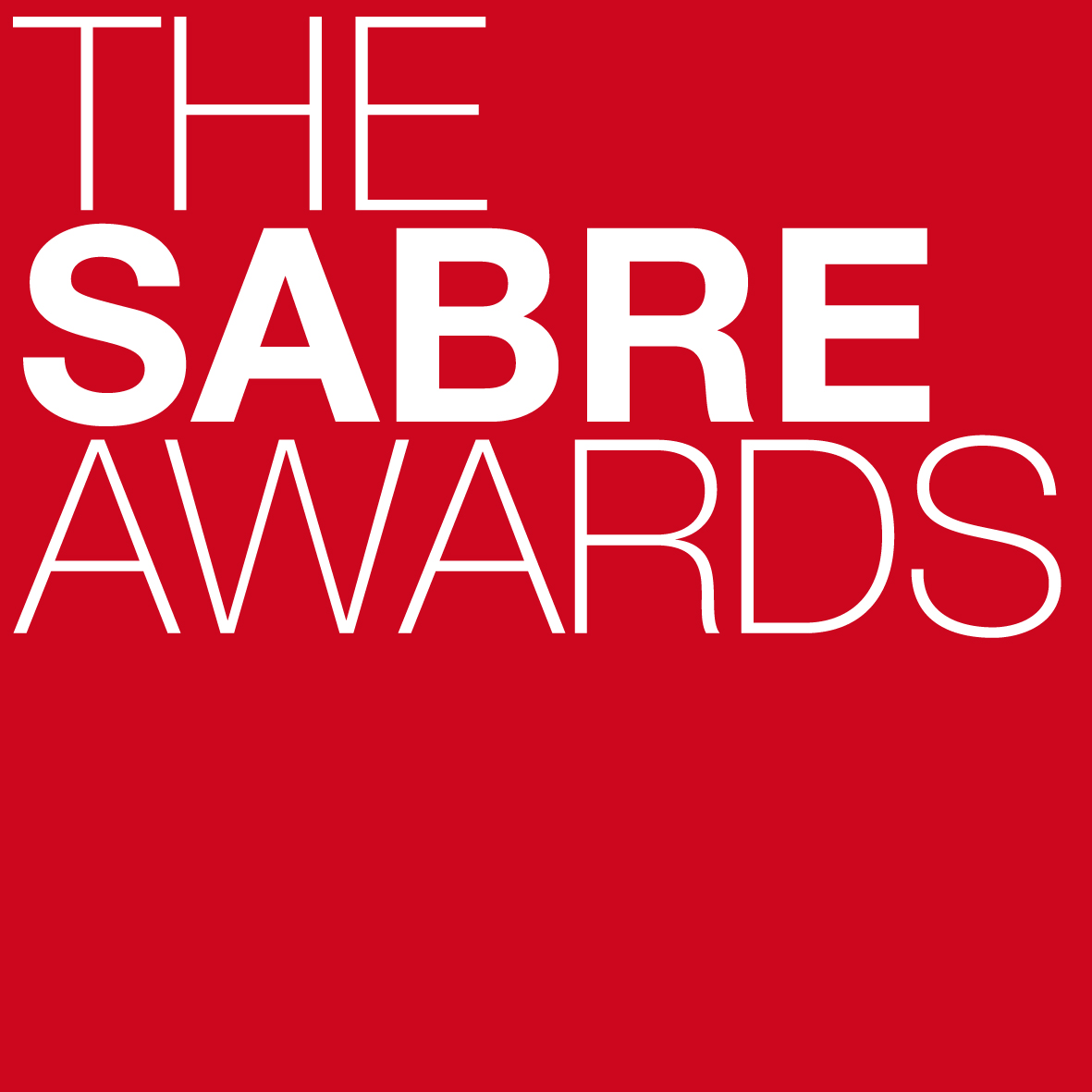
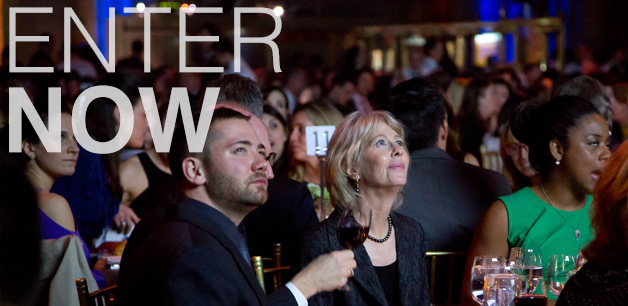

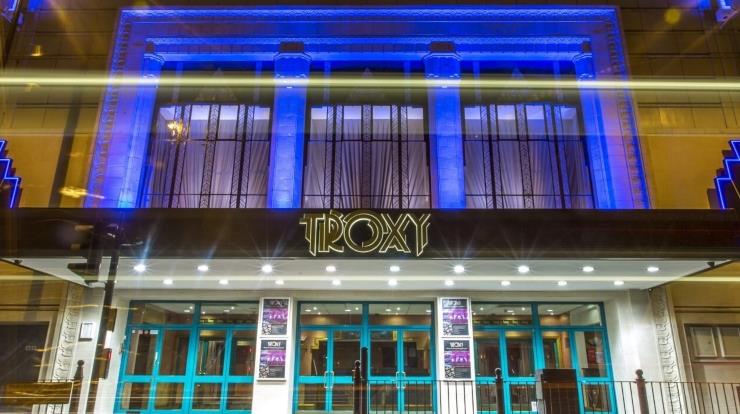

Intelligence and insight from across the PR world.
About PRovoke Media Contact Us Privacy & Cookie PolicyWe feel that the views of the reader are as important as the views of the writer. Please contact us at [email protected]
Signup For Our Newsletter Media Kits/Editorial Calendar Jobs Postings A-Z News Sitemap© Holmes Report LLC 2024